Calculus Homework: Differentiation, Exponential, Logarithm Functions
VerifiedAdded on 2023/06/10
|7
|1067
|74
Homework Assignment
AI Summary
This document presents a comprehensive set of solutions to calculus assignments, encompassing a range of topics from differentiation and its applications to exponential and logarithmic functions, and also includes integration problems. The assignments cover finding derivatives using first principles, sketching graphs, solving equations, determining turning points, and applying these concepts to real-world scenarios such as population growth and optimization problems. The solutions demonstrate step-by-step workings and explanations, providing a valuable resource for students studying calculus. The assignment also includes problems on complex numbers and their applications. The problems range in difficulty and cover a wide array of calculus concepts. The document is a useful resource for students seeking to understand and solve complex calculus problems.
1 out of 7
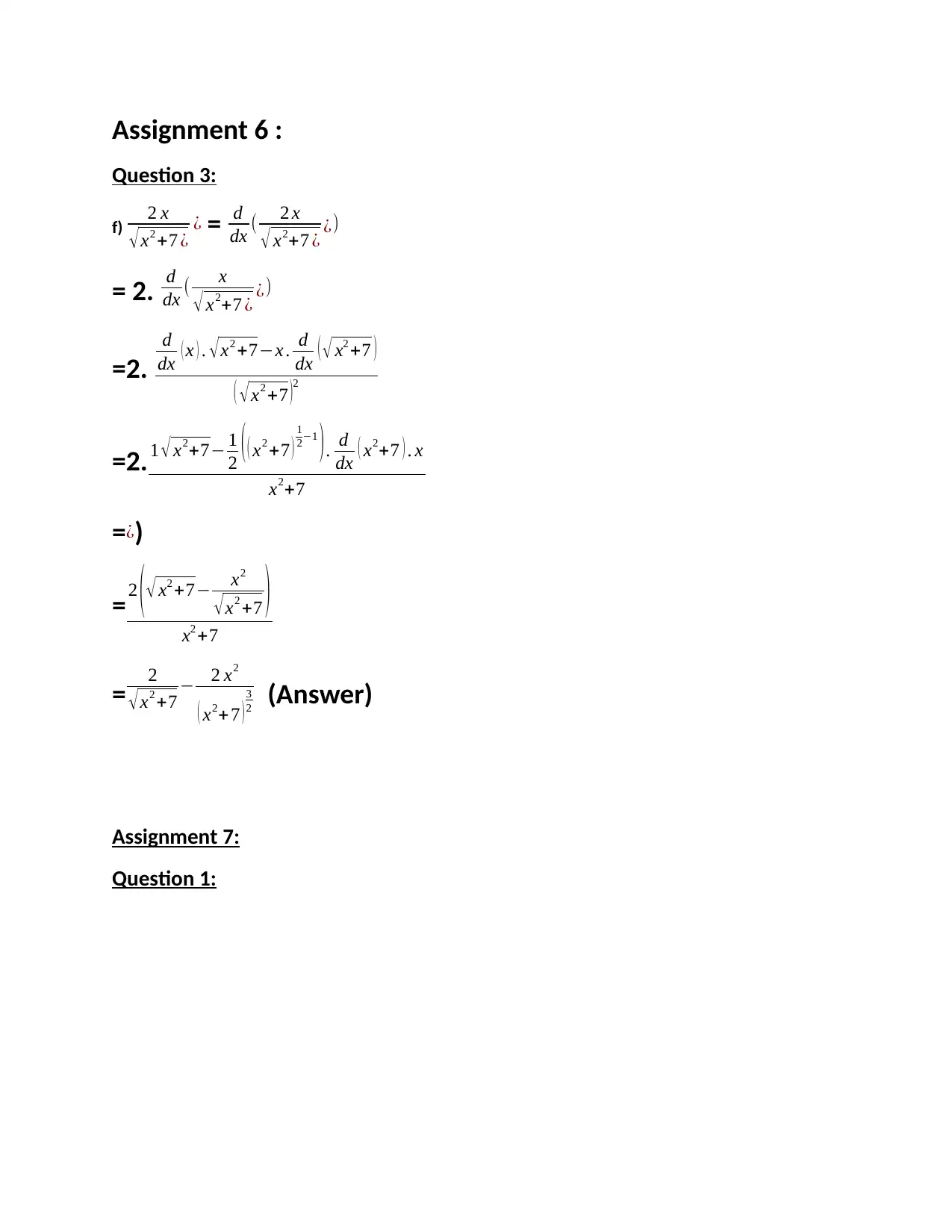
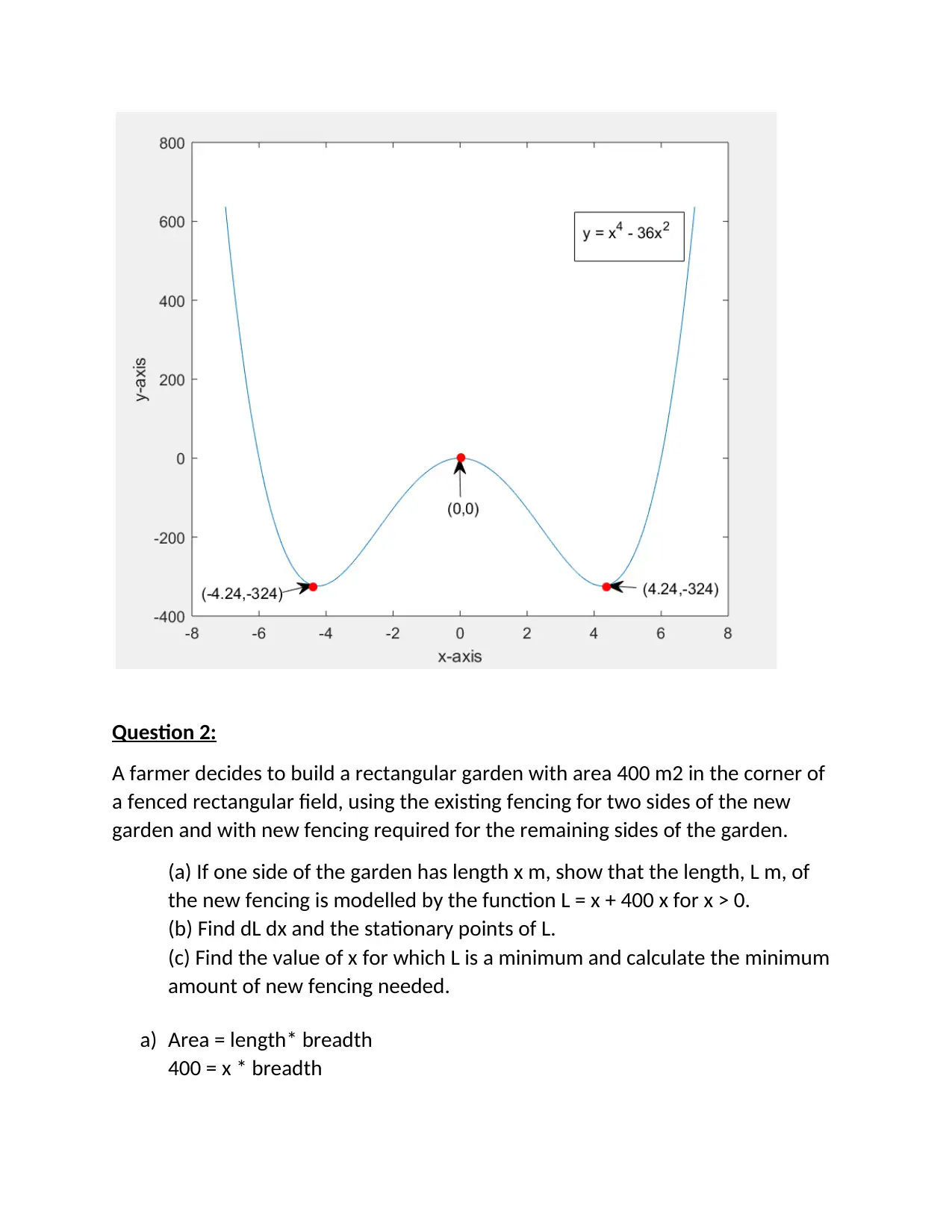
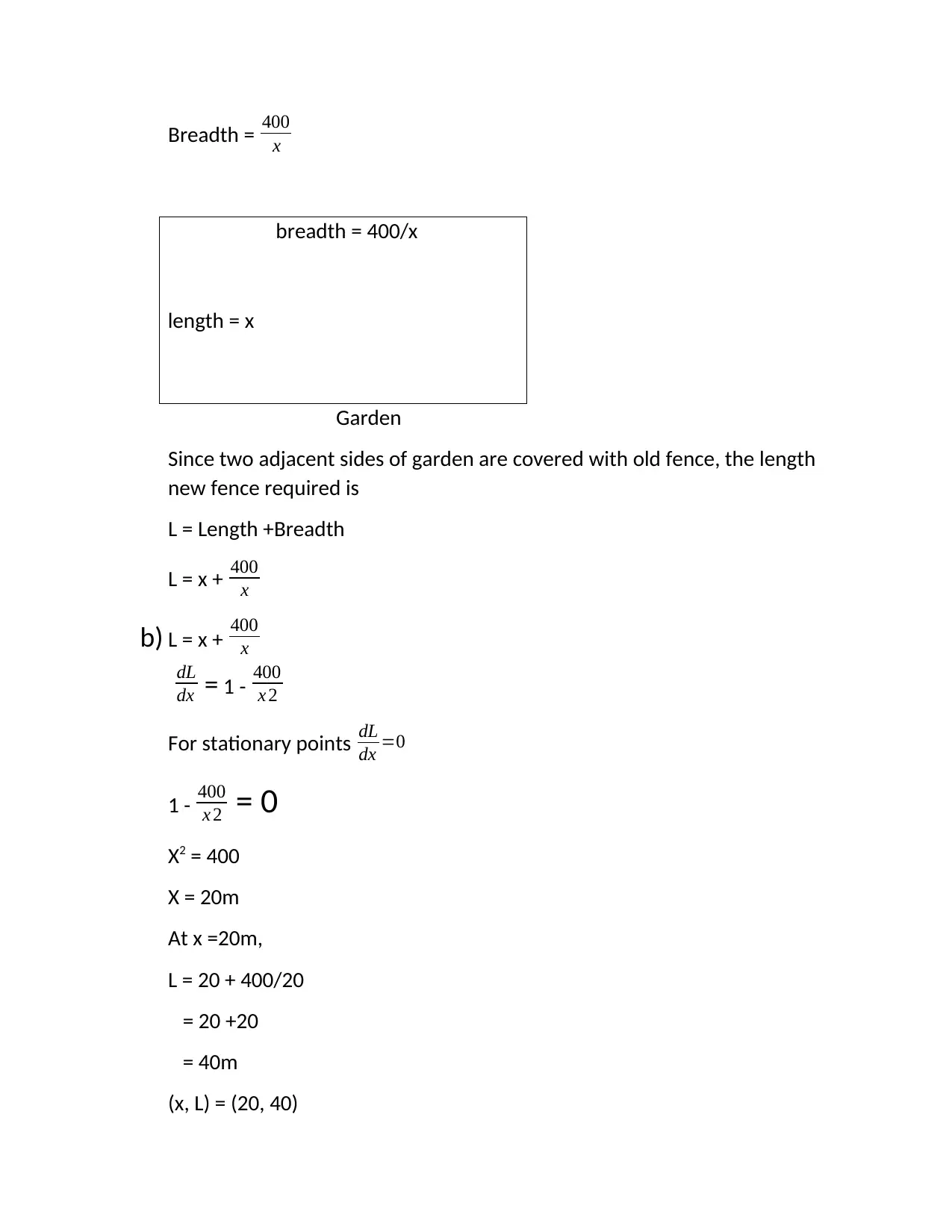

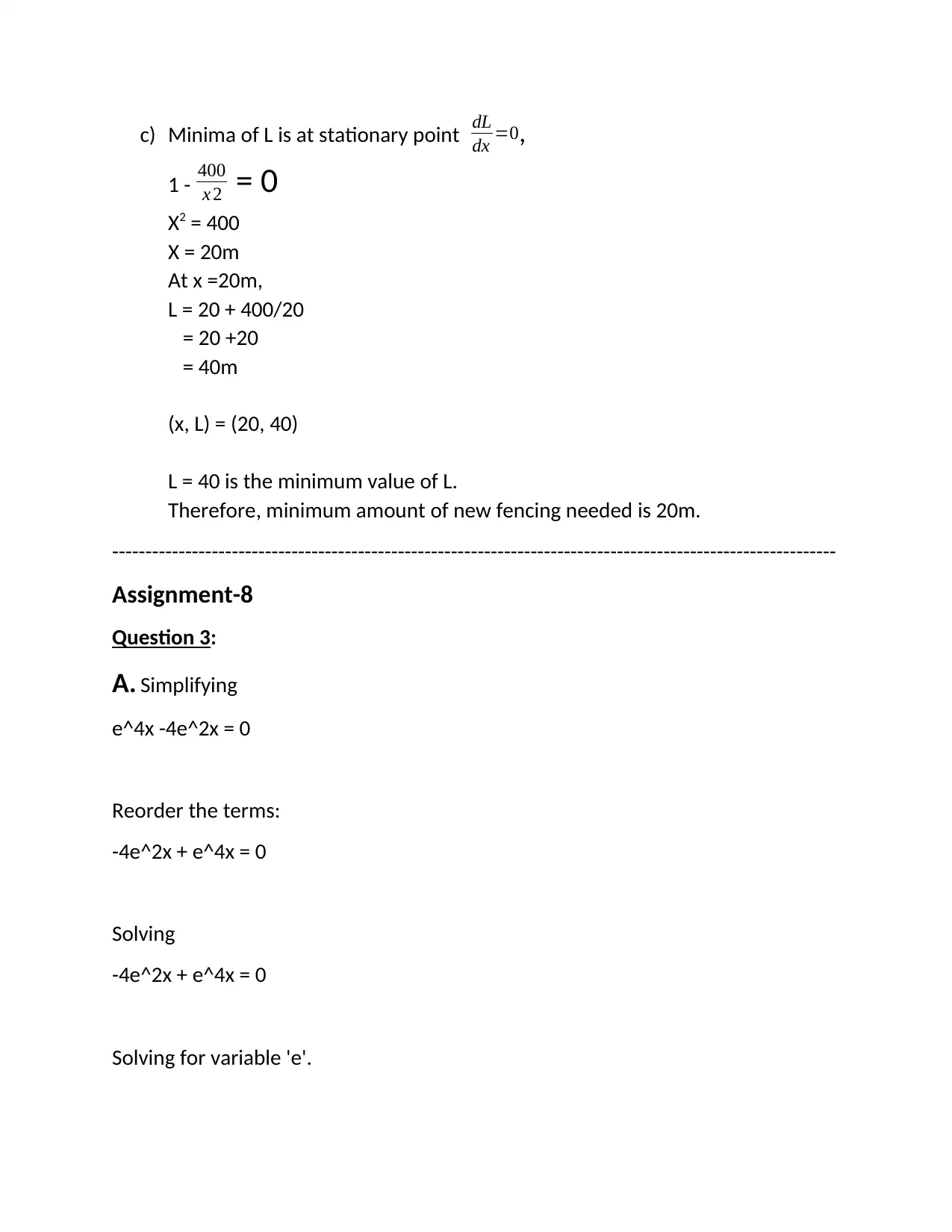
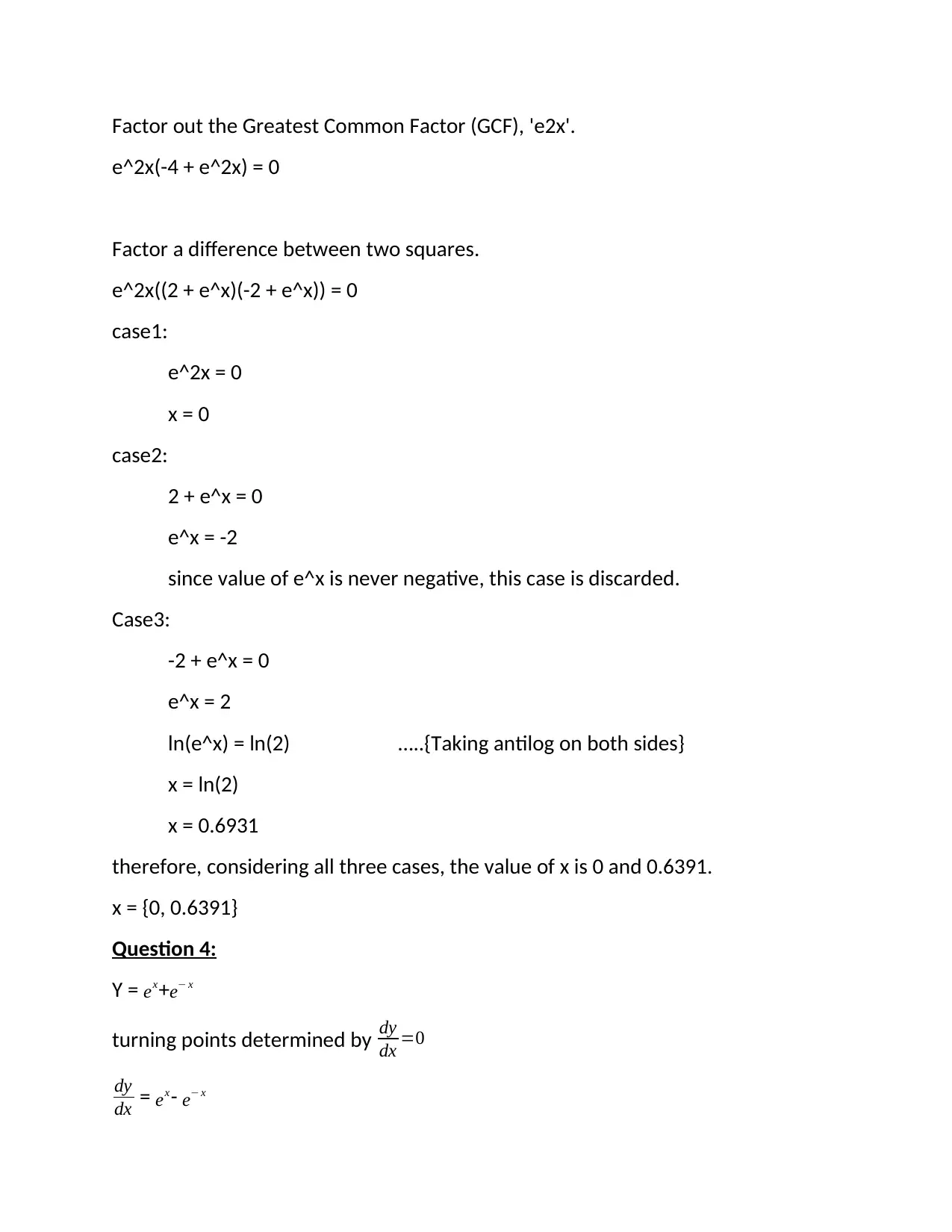
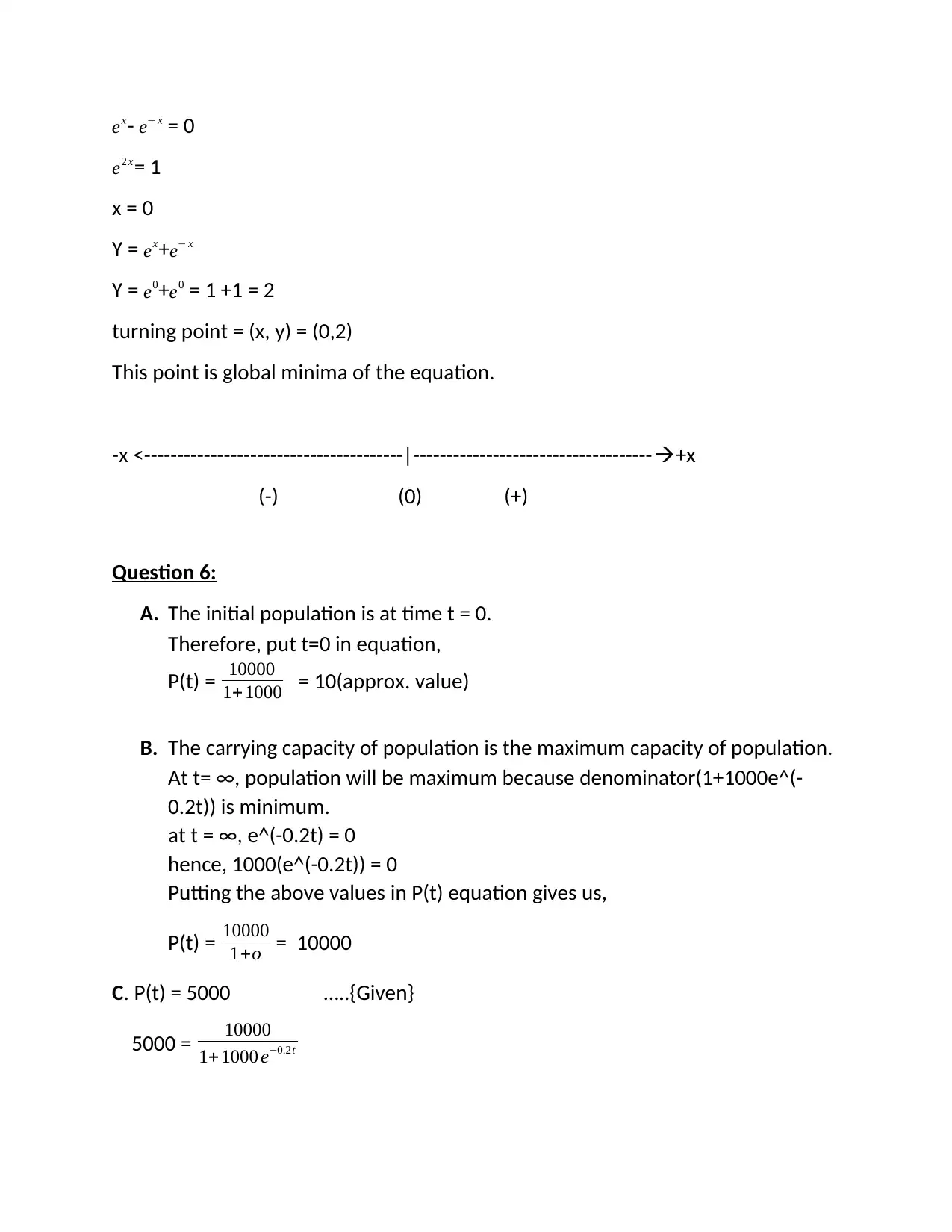







![[object Object]](/_next/static/media/star-bottom.7253800d.svg)